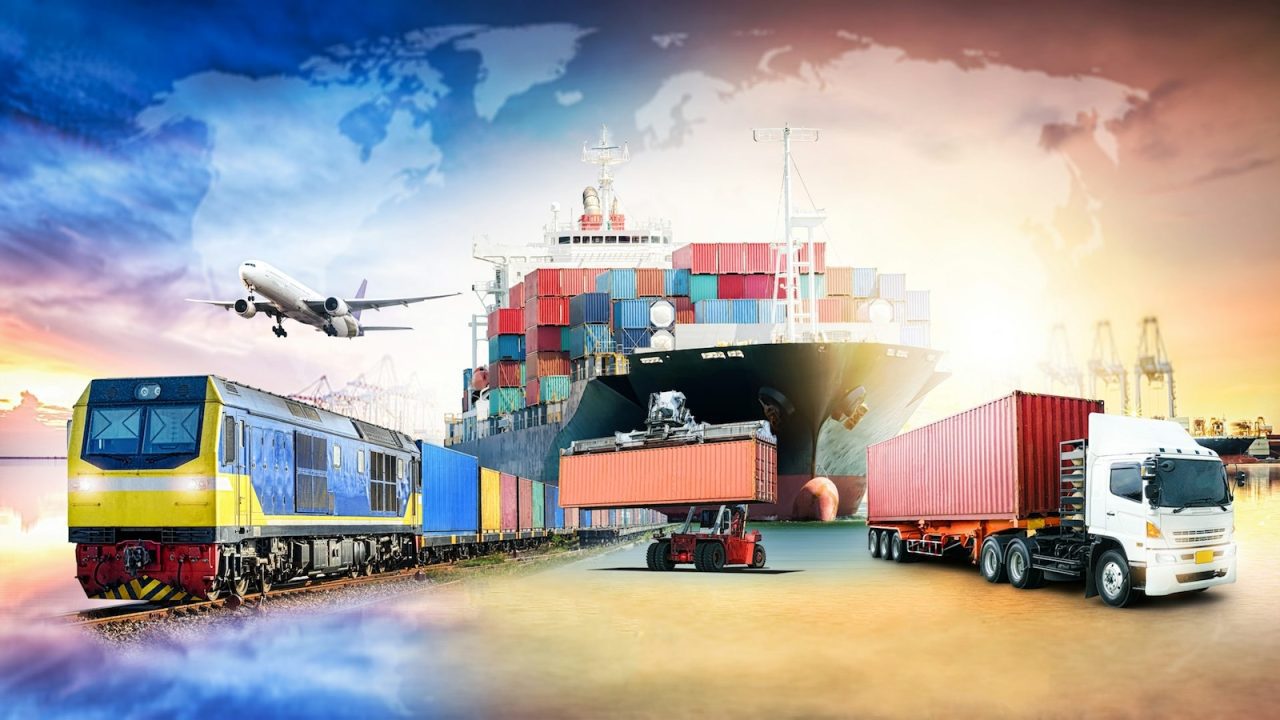In this Article
Smart Transportation Systems for Smart Cities
Smart transport services are required for smart cities. Proper movement of goods, services, and people accelerate the development and growth of a region. An efficiently managed and well-planned transport network is a must-have for any smart city.
The transport system acts as a lifeline for various functions of the city. Life may come to a halt if commuting channels are missing in urban areas. Proper means of transportation indicate the quality of life in any city.
Smart Transportation Systems can revolutionize the way commuting is done by people. Smart transportation systems offer a novel approach in providing various transportation modes, traffic and motility solutions, and advanced infrastructure. It uses several wirelesses, communication, and electronic technologies for providing people access to a safer, faster, and smarter way for traveling.
Public Transportation Management
It is aimed at encouraging people to use public transport. This goal can be achieved by effective planning, management, and automation of public transportation with the help of real-time data analysis of various routes.
This information helps in being aware of vehicle schedules and offering a quick response to dispatchers and operators during any deviation, delay, or other such scenarios. It can also help in making sure that people safely travel through public transit systems.
Route Information
The journey will become comfortable and easier if people have prior information about the best-suited routes for their journey. Traveling can become easier if the person has real-time information about transit systems, stop signs, traffic conditions, sharp turns, and road condition.
The driver will be able to access all this information via his/her smartphones, telephone network, or personal computer before proceeding his/her journey. They will also be able to check the traffic flow condition, road construction activity, toll fares, time duration, alternate routes, transit routes, and parking facilities through variable message signs (VMS), wireless and communication devices.
Safety and Vehicle Control
The service aims at providing safety assistance to the drivers via information regarding vehicle control and vigilance. Vehicle operators can assess road conditions, vehicle performance, and their driving capabilities. They will be warned about any front or rear-end collisions when they try to turn at intersections or change lanes. This is done by tracking the position of other vehicles.
Advanced sensors installed in vehicles can help drivers during poor visibility due to darkness or bad weather condition. This will be done by capturing images of the surrounding environment and showing on a smart screen inside the vehicle. The aim is to reduce crash situations or accidents by informing emergency operators and drivers of the imminent collisions.
Emergency E-Call Vehicle Service
During emergency conditions such as an accident, the sensors placed inside the vehicles will establish contact with the nearby emergency centers. This E-call function will help the vehicle operator in connecting with a trained respondent. Also, important information like time of the accident, location & direction of the vehicle, and vehicle identification will be directly sent to the emergency center. The E-Call function is expected to be made compulsory in all newly developed vehicles.
Related Blog Posts
How Smart Cities Connect: Getting Started with Edge AI and IoT Technology
How to Get Started with Edge AI and IoT Technologies in Smart Cities: Overcoming Integration Challenges In recent years, the concept of smart cities has evolved from a futuristic Read More
5 Step Strategy: Ensuring Security and Privacy in 15-Minute Smart Cities
Introduction Ensuring security and privacy in 15-minute smart cities is a critical challenge as urban areas become increasingly connected through IoT and edge AI technologies. These cities aim to Read More
What is a smart city and the challenge of legacy systems
How to Get Started with Integrating Legacy Systems in Smart Cities Smart cities are transforming urban landscapes by leveraging technology to improve the quality of life for residents. However, Read More




